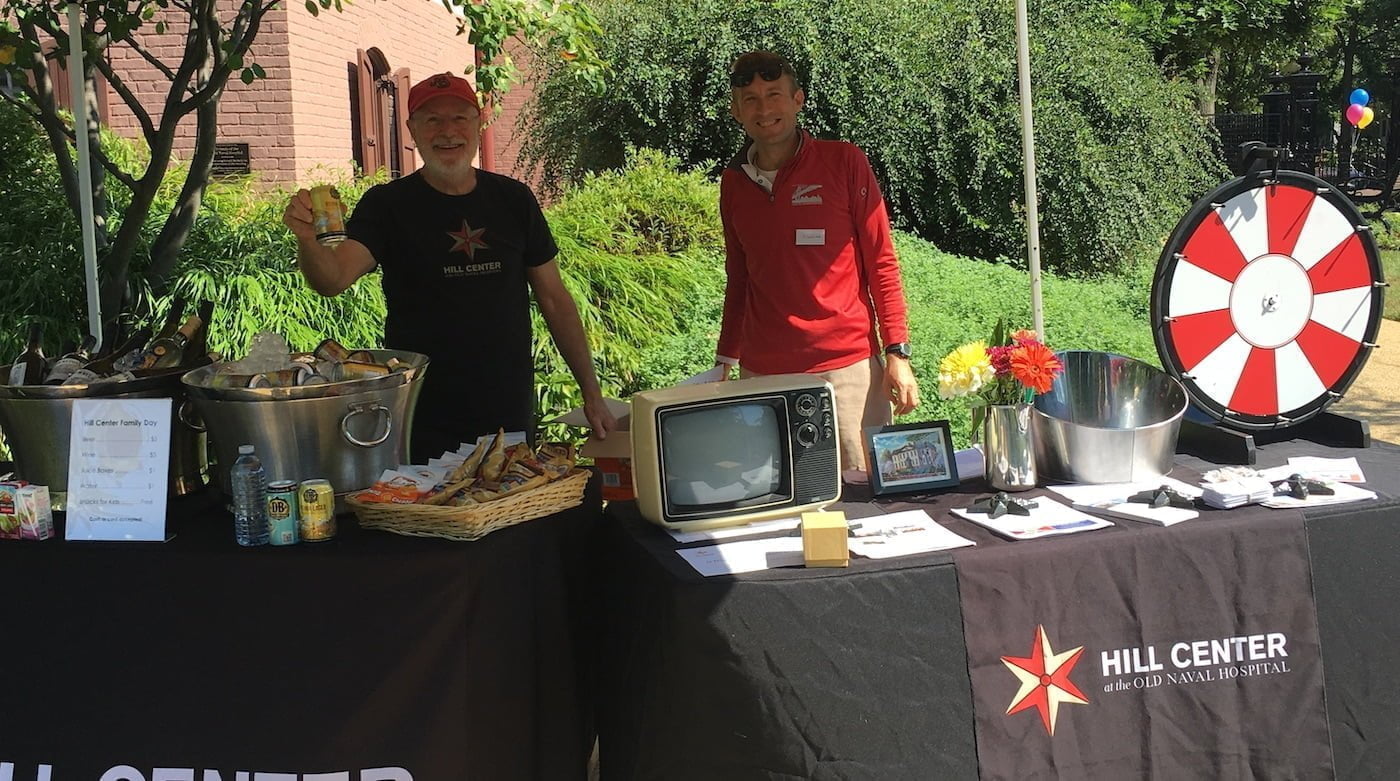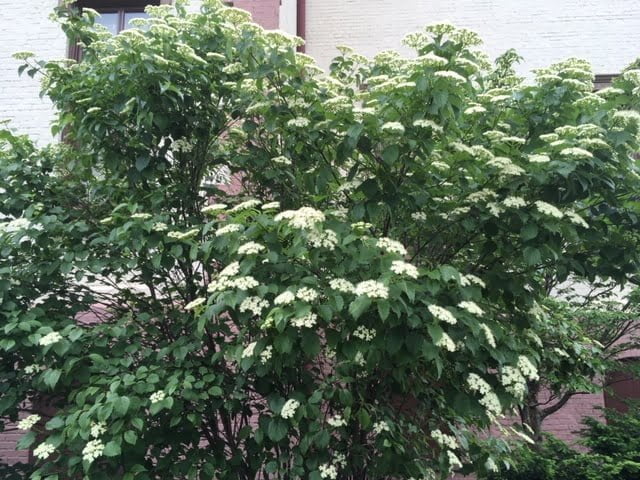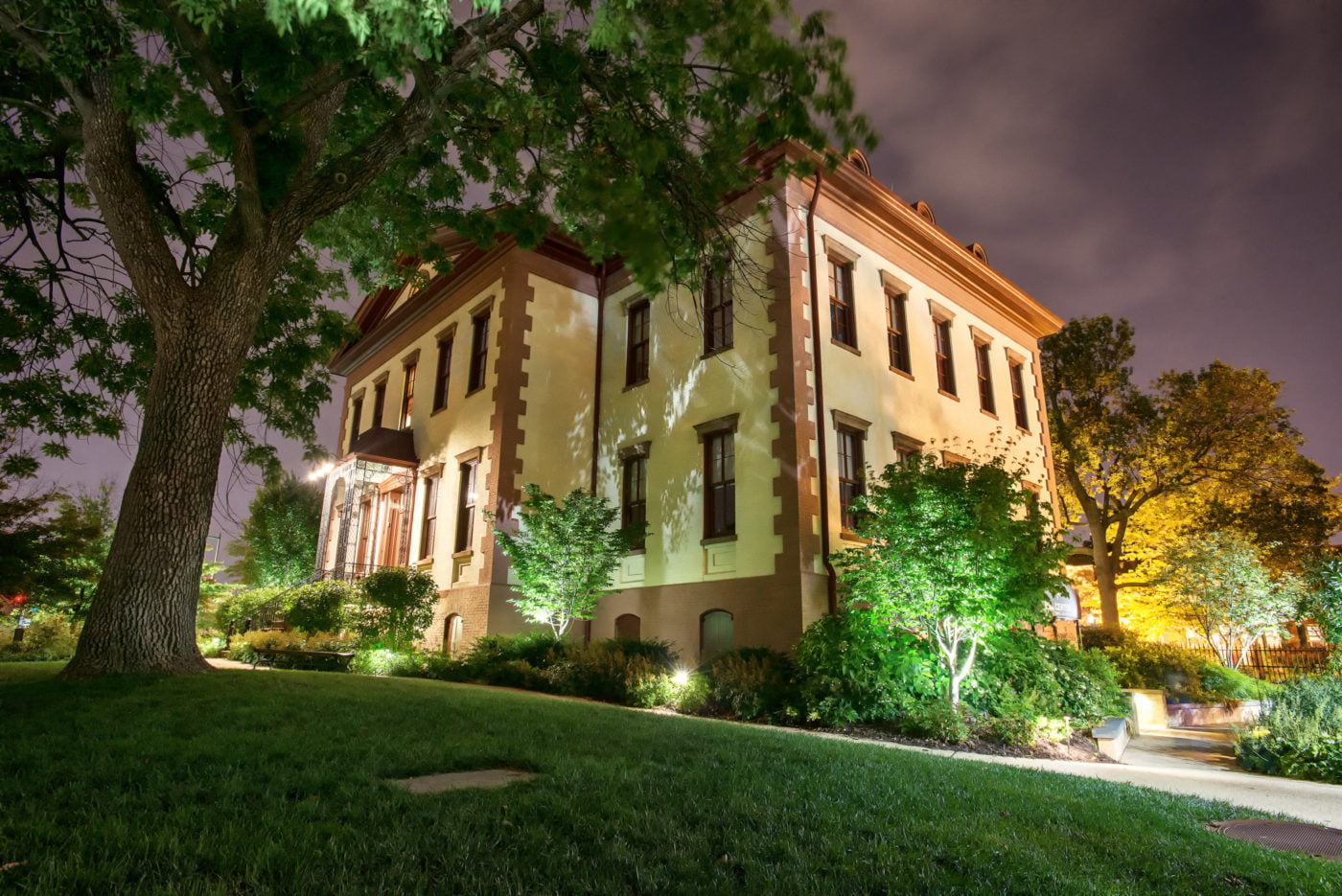This year was...different. January 2020 feels like an entirely alternate universe at this point. With…

Volunteer Profile: David MacKinnon
David MacKinnon (left, above) has been volunteering with us for about 9 years. We say “about” because it’s been so long that none of us can remember the exact date!
David puts in a lot of man-hours in our garden as our Lead Garden Volunteer, as well as selling concessions at outdoor concerts and working on projects in Reception. Most recently, he has created a guide to the Hill Center gardens for our visitors.

David is a wealth of knowledge about Hill Center’s gardens, as well as his own. We decided to ask David a few questions about his favorite (and least favorite) spots on the Hill Center grounds, his tips for starting a garden, and what’s blooming in his own gardens.
What is your favorite place on Hill Center’s grounds?
I wouldn’t be honest if I didn’t say the gardens. The building in all its parts as well. I like the rain garden the least because it takes the most constant effort to weed. Otherwise, it would be like picking my favorite child.
How did you become interested in gardening?
My mother taught me about plants and how to garden where I grew up in Tenafly, New Jersey.
What advice do you have for someone getting started on their own garden?
Buy a gardening book (the Southeast Library book sales are a cheap source). Develop a plan. Resist planting one of everything you like, rather limit the kinds of plants and grow them in swaths. Don’t plant shrubs close to the house. Know how big they are going to get and plant accordingly. Think about the color palette you want and how it complements the house color. Buy plants from a nursery or local garden shops, but also ask neighbors to divide their plants and give them to you. You can pay it forward when your garden has matured and can give some of yours to neighbors.
What is blooming in your garden right now?
I have two gardens – one in DC at our house (actually two gardens, front and back yards) and the other more extensive flower gardens at our house in Chincoteague, Virginia. At the DC house, pink azaleas, fuchsia rhododendrons, purple iris, blue columbine and a light pink peony are in bloom. I haven’t been to the Chincoteague house since late February. But snowball viburnum, evening primrose, red roses, pansies, bishop’s cap, catmint, red honeysuckle, purple and blue iris, penstemon, yellow sedum, purple veronica, blue salvia, and pink coral bells should all be in bloom.

What is something most people might not know about Hill Center’s gardens?
It was designed by an internationally respected landscape firm, Oehme, van Sweden. It has various plants that bloom at different times throughout the growing year. All the plants and bulbs are perennial. There is a garden map brochure that tells what and where trees, shrubs, ground covers, grasses and perennials are located. There is also a notebook that has pictures of all the garden plants by type and season of bloom.
Anything else you’d like to add?
The Hill Center garden relies on volunteers for routine maintenance. Several garden areas have been adopted by volunteers that take care of pruning, cutting back spent flowers and weeding. Last year, many plants were ordered to replace and augment the garden. The gardens are a living asset to the Hill Center.
If you’d like to be a Hill Center volunteer, please complete this form and we’ll be in touch!



